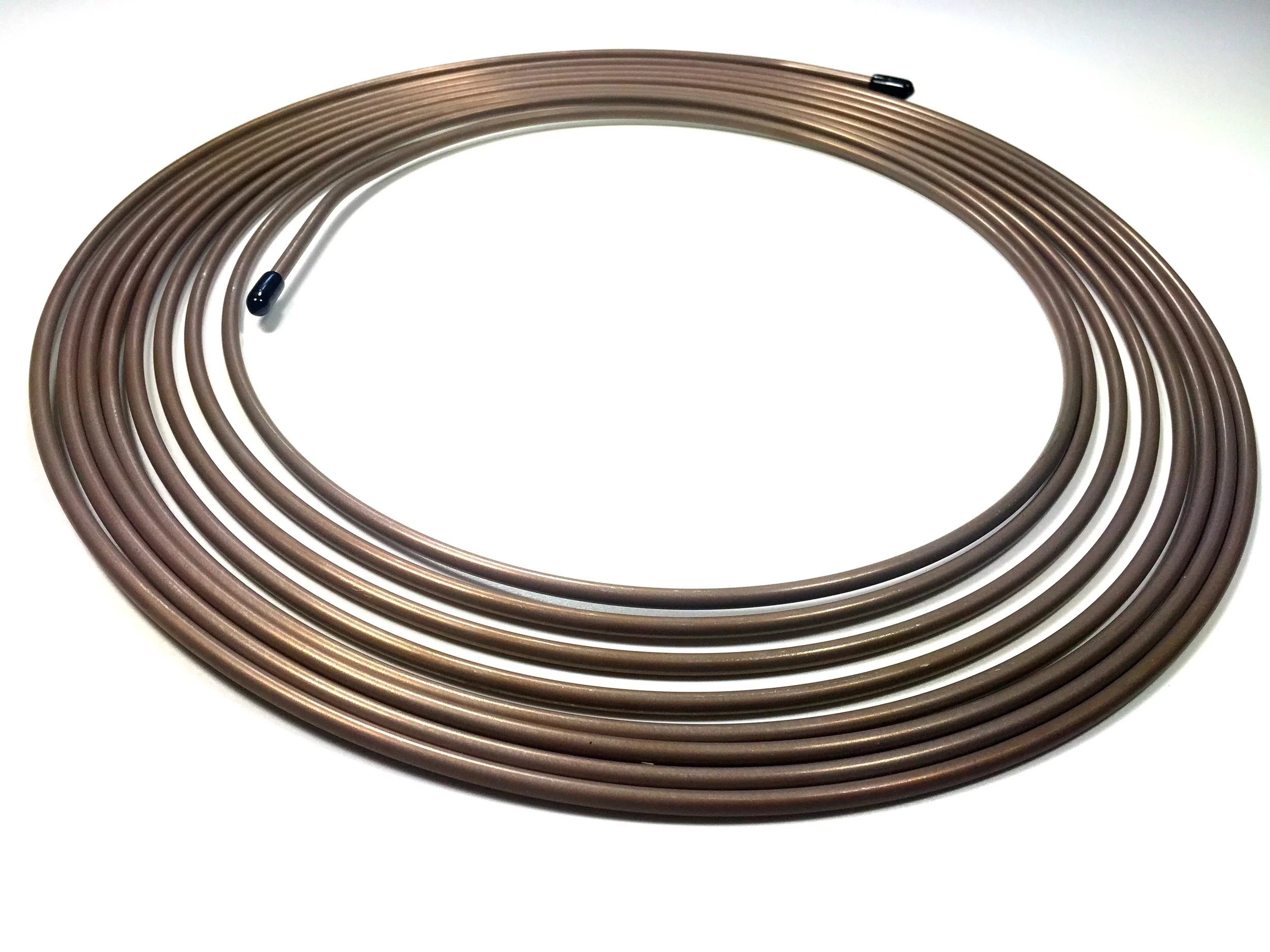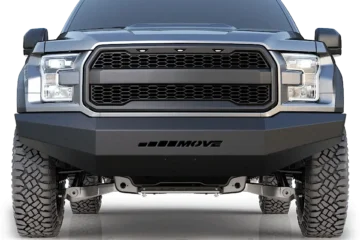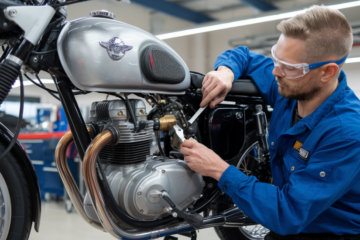Copper-nickel brake lines are becoming increasingly popular in the automotive industry due to their exceptional corrosion resistance, durability, and ease of installation. For those embarking on a DIY project or professionals looking to improve their technique, understanding the process of flaring and forming copper-nickel brake lines is essential.
This guide will walk you through the necessary steps and tools required for this task, ensuring your brake and fuel lines are both reliable and efficient.
Why Choose Copper-Nickel Brake Lines?
Copper nickel brake lines, also known as Cu-Ni or NiCopp lines, are a blend of copper, nickel, and iron. This combination offers several advantages over traditional steel brake lines:
Corrosion Resistance: Copper nickel brake lines resist corrosion from road salt, moisture, and other environmental factors, significantly extending their lifespan.
Flexibility: Unlike steel, copper-nickel is easy to bend and shape, reducing the risk of kinks and cracks during installation.
Durability: These lines can withstand high-pressure applications and are less likely to fail under extreme conditions.
Preparing for Flaring and Forming
Before you begin flaring and forming your copper-nickel brake lines, it’s crucial to gather the right tools and materials. Here’s a checklist to get you started:
Copper Nickel Brake Line Tubing: Ensure you have enough fuel line tubing for your project, typically available in various lengths and diameters.
Brake Line Fittings: These connectors are necessary to join sections of brake line tubing securely.
Tubing Cutter: For clean and accurate cuts.
Deburring Tool: To smooth the edges of the cut tubing and prevent leaks.
Bending Tool: To shape the tubing without kinking or damaging it.
Brake Line Flaring Tool: A high-quality brake line flaring tool is essential for creating reliable and precise flares.
Cutting and Preparing the Tubing
Measure and Cut: Begin by measuring the required length of copper-nickel brake line tubing and cutting it with a tubing cutter. Ensure the cut is clean and square to avoid issues with the flare.
Deburr the Edges: Use a deburring tool to smooth out the inner and outer edges of the cut tubing. This step is crucial to prevent any metal shavings from contaminating the brake fluid and causing leaks.
Flaring the Copper-Nickel Brake Line
Flaring the ends of your brake line tubing is a critical step to ensure a secure and leak-free connection. Here’s how to do it:
Insert the Fitting: Slide the copper nickel fuel line onto the tubing before flaring the end. This step is often overlooked but essential.
Position the Tubing: Place the end of the tubing into the flaring tool’s clamp, ensuring it protrudes slightly beyond the clamp’s edge. Most flaring tools have a gauge or guide to help with this alignment.
Create the Flare: Tighten the clamp to hold the tubing securely and use the flaring tool to create a double flare. A double flare is preferred for brake lines as it provides a more robust and reliable seal.
Forming the Copper-Nickel Brake Line
Forming the brake line involves bending it to fit the contours of your vehicle’s frame and routing it to the appropriate connection points. Follow these steps for an accurate and professional installation:
Plan the Route: Before bending, plan the route of the brake line to avoid sharp bends, interference with moving parts, or exposure to excessive heat.
Bend the Tubing: Using a bending tool, gently shape the tubing according to your planned route. Copper-nickel tubing is more forgiving than steel, but take care to avoid kinks or overly tight bends.
Secure the Line: Once formed, secure the brake line using appropriate clips or brackets to prevent vibration and movement during vehicle operation.
Connecting and Testing
After flaring and forming the brake lines, it’s time to connect them and test for leaks:
Attach the Fittings: Connect the flared ends of the tubing to the corresponding brake line fittings, ensuring they are tight and secure.
Inspect for Leaks: After installation, bleed the brake system and inspect all connections for leaks. It’s essential to check under pressure to ensure a reliable seal.
Conclusion
Flaring and forming copper-nickel brake lines may seem daunting, but with the right tools and techniques, it can be a straightforward process. The durability, flexibility, and corrosion resistance of copper-nickel makes it an excellent choice for both brake and fuel line tubing. By following these steps, you can ensure a safe and efficient brake system for your vehicle. Remember, investing in high-quality tools like a reliable brake line flaring tool and brake line fittings will pay off in the long run with a safer and more durable installation.
Keep an eye for more news & updates on Web of Buzz!




